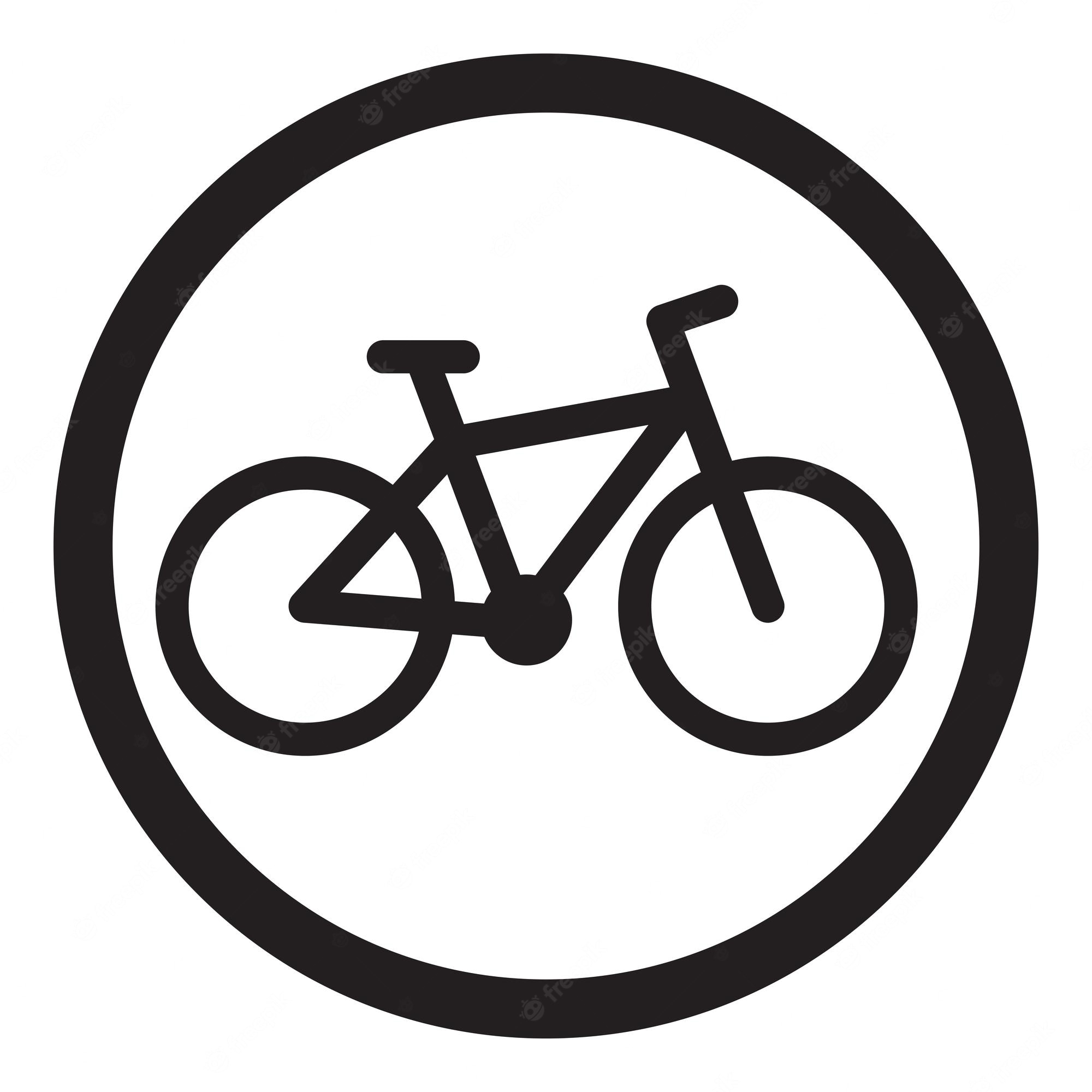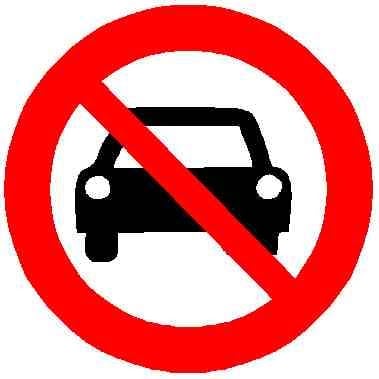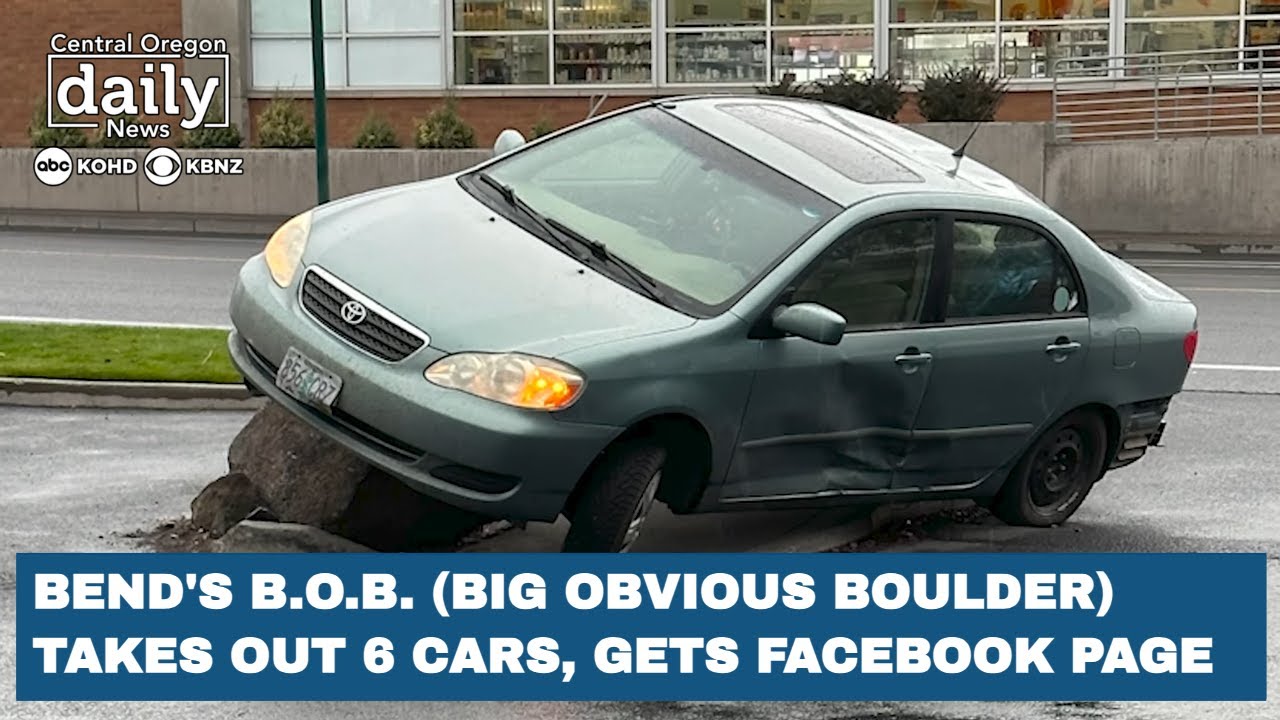- 5 Posts
- 83 Comments
The 38 tires should really help on the rougher paths. Maybe I’ll pick them up when I wear out my current set.
I haven’t tried the front rack yet. Not out of dislike but because I usually pack nothing or way too much. 🤣
Same goes with fenders. I haven’t installed them, and probably won’t. It’s too sunny where I’m from.
The frame is made in Vietnam. The quality is alright, not amazing but certainly appropriate for the price point. No issues with it so far and better than some frames I’ve seen from the PRC.
It can roll without a rolling rack, but not easily. Good enough for a few feet here and there. I suggest going for the rolling rack if you want to push it around train platforms and such. The saddle is padded on the underside though. It’s nice when going up stairs.
One more thing: the drive train is exposed when folded. Watch out for dirty chains and be careful when loading it into a car. It’s easy to damage the derailleur hanger or disk brake if it tips over. Support the bike with a box or tie it down when transporting it.
I own a Tern Verge D9. It’s a functional and sporty folder.
The Verge is a snappy feeling ride. Think road-bike handing. The tires are also good, but at 30mm it won’t like anything rougher than hard-pack dirt. They’re also ISO 451, not the more common 406. This size has fewer tires to choose from for a slightly nicer roll. It’s up to you to not if that’s a worthy hassle.
FYI, the magnetic latch is terrible. You will have chipped paint on the fork. I don’t mind but you may.
Careful folding and unfolding. The stem fold likes to bite the brake and shifting lines. That will screw up shifting.
The matching rack they sell uses oversized tubes. You may need to replace the hooks on existing panniers. Also the racks sits closely to the pedals, so large things may have some foot overlap.
I’m sure I have other thoughts floating around about the Verge D9. Ask anything you’d like to know about it and I’ll try answering.

 9·1 month ago
9·1 month agoI’m bad at following instructions. Here’s several tips. :)
- A washing bag (e.g. Scrubba). The bag and a dry bio-compatible laundry soap weighs the same as one pair of wool socks. Using it means you can cut out underwear/shirts/socks bulk for a slightly higher camp chore load. Very useful for weight/space sensitive camping and doubles as a dry bag!
- Prefer good clothing over sunscreen (big hat, long-sleeved shirts, buff, sun gloves, etc). It’s lower weight, less greasy, and doesn’t run out. When using sunscreen, stick form tends to be light and easy to pack.
- Camp shoes. Always bring them. Crocks, thin flip-flops, anything but a tight shoe that you spent the last 12 hours in.
- Avoid cotton in general, but also look for quick-dry clothing. Being wet sucks. Being wet for long periods of time can be dangerous.
- Umbrellas are amazing. Shade when there is none and amazing at avoiding wet-out. Very useful for short trips and car camping, though I sometimes bring it backpacking even with the added weight.
- Light (1lb / 0.5 kg) camping chair. If you’re young enough you could skip this, but my god is it worth the weight after a long day.
- Wear warm clothing in your sleeping bag/quilt. Bag ratings are inconsistent, often assume you’re wearing clothes, and are labeled for “won’t kill you” rather than “you’ll sleep like a baby.”
- A good sleeping pad with a solid R value. It’s as important as your top sleeping layer.
- Dry electrolytes, especially in warmer areas, like SaltStick or Gatorlytes. Hypotonic dehydration can sneak up on you and you cannot escape it by drinking more water. This is particularly dangerous with aerobic camping, like backpacking or bikepacking. Hypotonic dehydration can be mitigated with the food you pack, but it’s a lot to plan ahead on and complicates re-hydration with caloric intake. Do not avoid high-sodium foods unless your doctor has you on a low-sodium diet (in which you should also discuss with your doctor about your outdoor activities).
- Sleep with your electronics. Cold weather will kill your phone’s battery.
- A portable bidet (e.g. CuloClean). There are many places where you must pack out TP (sometimes everything). Less TP means less to carry in and out. It’s also very clean feeling.
- Similarly, WAG bags are nice. Zero trace and you don’t even need to dig a cat hole.
- Ear plugs. Nature is loud sometimes. People in campgrounds are even louder.
- A small towel or sponge to wash with. It’s nice to wipe off sweat and dust, even if it’s not as good as a full shower. It’s multi-purpose too. Moisture on your single-walled tent? A quick wipe and no indoor rain for you.
A very common mistake is to commute what you’d drive. In many cases you’d do better on paths and neighborhood streets. For example, maybe part of an unavoidable highway segment has a frontage road. Hop off onto the frontage for that segment, even if it’s technically 60 seconds slower.
Google Maps is a decent start, though imperfect in detail (routing through a busy park on footpaths, or not routing through a park that has a good dirt path). Use street view and OpenStreetMaps to explore ways that auto routing won’t pick.
+1 to the suggestions on starting with shorter trips. They’ll work out any kinks in your setup and give you time to become confident on your bike.
Hear, hear! San Jose Bike Party is great. If you’re anywhere near a BART station or Caltrain, drop in sometime. South bay nights are great in the summer.

 2·3 months ago
2·3 months agoFunny, I just watched Evan Edinger’s video on this tunnel. It’s shocking how poorly thought out it is.
Keep fighting the good fight, Londoners!

 1·3 months ago
1·3 months agoThese tariffs are not brand specific. Replace “SILCA” with your preferred brand and you’ll see similar results: products not available in the US, moving factories outside of the US, and increases to retail prices without new features or better quality.

 4·4 months ago
4·4 months agoThat’s a great question. My guess is the bandwidth comes from bonding those extra modes and from the lower signal-noise ratio. That lower SNR means they could modulate with more sensitive but faster modes.

 5·4 months ago
5·4 months agoSo long Ivanpah and thanks for all the
fishclean energy.I’m sad to see this technology not pan out, but being supplanted by another solar technology is a good outcome too.
If you like the idea of taxing rent, then you definitely need to read up on Land Value Tax. It ignores all the complexity of trying to figure out the economics of specific practices (it works for retail, commercial, sports areas, etc) into taxing the rent value of the land.
It also encourages building and maintaining housing when compared property taxes (those discourage improvements as improvements increase the landlords taxes).

 1·4 months ago
1·4 months agoRTO definitely has something to do with it, but I don’t think it’s a direct cause. Weekend ridership up to and surpassing pre-pandemic levels while weekday ridership has not recovered as well (though still up).
I believe ridership is up because of the new and more frequent trains. 1 hour intervals really suck and while 30 minutes isn’t great, it’s a whole lot easier to deal with. Weekday intervals were also reduced to sub-15 minutes during traditional peak commute. That’s a lot of time savings for a daily rider!
RTO does have an indirect impact: the freeways are always jammed. With partial RTO and split teams, there’s not been a return to the in-the-office-at-9am culture. Our local population has grown as well. Highway traffic is all-day now.
Is it really just RTO causing ridership increase if the dilemma faced is a guaranteed sit-in-traffic for an extra 15+ minutes versus a train that runs on time with 15-minute intervals?

 3·4 months ago
3·4 months agoPerhaps today you’ll also learn about Hellschreiber. Old tech is really clever!

 5·4 months ago
5·4 months agoI know I’ve been riding Caltrain more.
It’s shocking how much better the new train sets are. I remember the first time I took the new one. It was rolling in so fast that I thought it must have been an express train about to pass my local stop. Nope! It stopped on a dime compared to the old train!
Good job, Caltrain!

 1·4 months ago
1·4 months agoYep. My consumer concerns are less of retail sticker-shock than people not realizing how dependent they are on consumer surplus. Even a few thousand a year in tariff related expenditure can be quite impactful on comfort.
Sticker-shock will happen with the tariff-adjacent removal of de minimis. Right now it’s China, but it was threatened against Canada and Mexico too (officially delayed, whatever that may mean). A $50 per-item charge is going to be quite a surprise to many.
E.g. if Canada is going to be levied like China, then my plan of getting a pair of oversized Cam-Lock kits for my Canadian-made Arkel bike panniers is gone out the window. There’s no way I’ll buy small parts when the total package cost is the same as getting a whole new set of panniers.

 2·4 months ago
2·4 months agoCorrect, tariffs are not a consumption tax. That fact doesn’t mean prices will not increase, nor does it mean that small increases don’t have a big impact. We, the common people, will have have to go about our lives with less. Maybe wear your shirts an extra day because laundering more regularly consumes more soap. Perhaps it’s going without avocado on your lunch sandwiches. You’ll still have shirts and sandwiches, but you certainly wouldn’t be as clean or as filled. (See the “surplus” chapter of your high-school/undergrad econ books.)
What an absolute beauty of a bike and a story.
I think I recognize that dock. Port Townsend? Should you know the area, what sort of good biking is in the area? I often find myself in Sequim and Port Angeles with time to kill. So far I’ve only done the ODT between the two and could use some suggestions for great rides.

 1·4 months ago
1·4 months agoThat’s fair. Comparing regular drivers doing typical city trips to commercial big rigs is a bit apples-and-oranges. I wonder how CDL data would compare when the self-driving semi-trucks start putting on miles. Aurora is about to launch in that exact space.

 1·4 months ago
1·4 months agoUber had a net income of 9.86 billion dollars and spent 7.14 billion in operations in 2024. That’s a single transportation company. Do you really think Uber or anyone else is going to ignore researching the technology that could significantly reduce their billions in operations costs?
I’m also not so sure that Europe is 20x safer than the US. A quick search pulled up the International Transport Form’s Road Safety Annual Report 2023 and their data disagrees. The US, even with its really poor showing in the general numbers, is safer than Poland and Czechia (Road fatalities per billion vehicle‑kilometres, 2021). I could see an argument for a 2x gap of Europe outdoing the US, but a 20x? Citation needed.

 22·4 months ago
22·4 months agoWhy are we still doing this?
Because there’s a lot of money in it. 10.3% of the US workforce works in transportation and warehousing. Trucking alone is the #4 spot in that sector (1.2 million jobs in heavy trucks and trailers). Couriers and delivery also ranks highly.
The self-driving vehicles are targeting whole markets and the value of the industry is hard to underestimate. And yes, even transit is being targeted (and being implemented; see South Korea’s A21 line). There’s a lot of crossover with trucking and buses, not to mention that 42% of transit drivers are 55+ in age. Hiring for metro drivers is insanely hard right now.



That’s great to know. I’ll keep that in mind when I need a new set of tires.